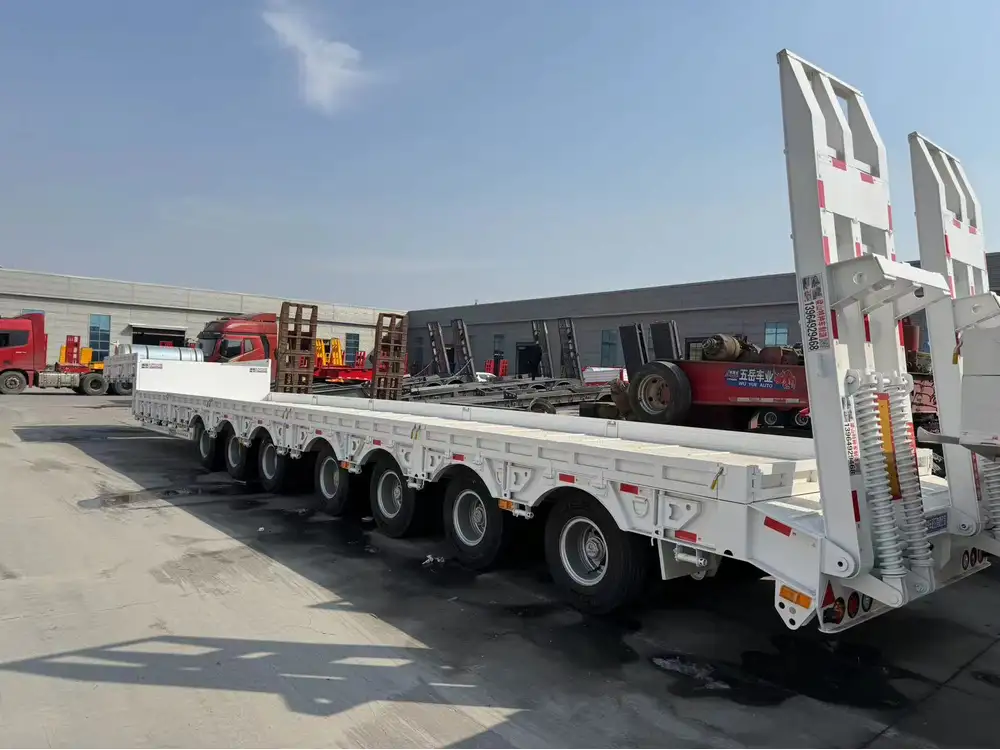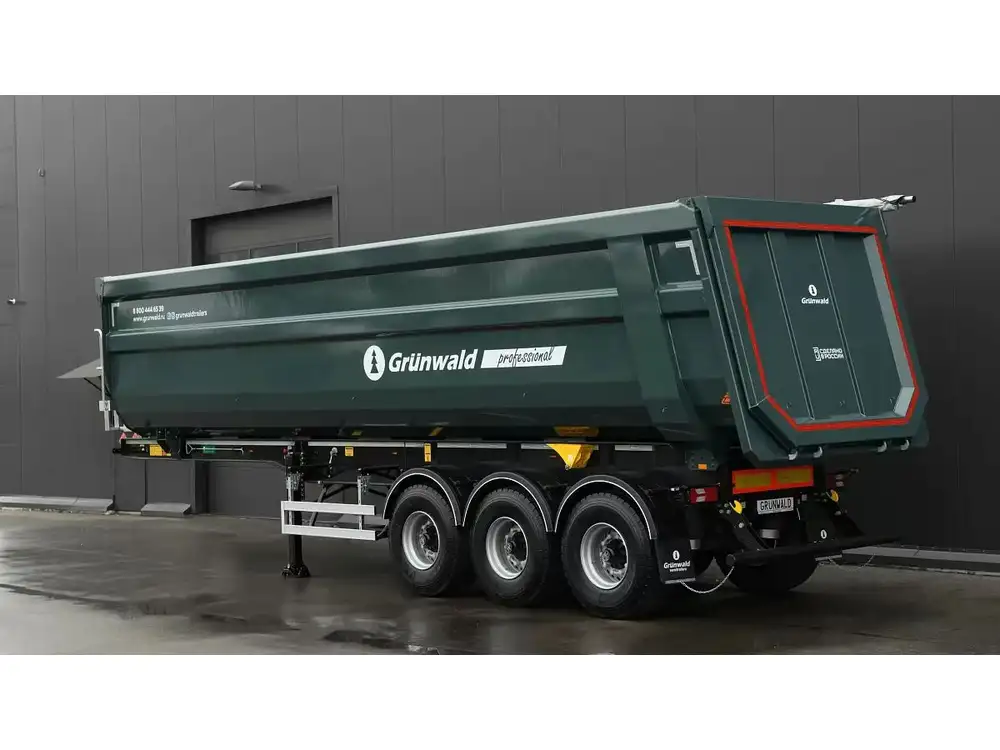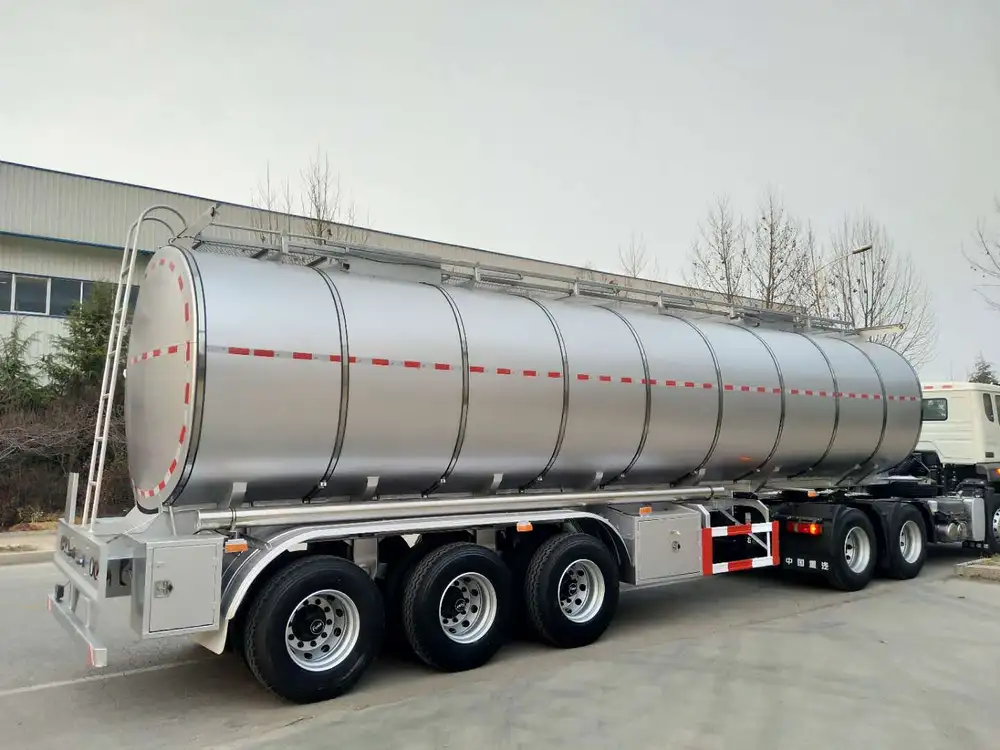In the realm of freight transport, ensuring the safety and security of cargo is paramount. A critical element often overlooked is the method of securing semi-trailer doors, specifically whether utilizing a knot in a semi-trailer door is illegal. This article delves into the intricacies of this topic, providing a comprehensive analysis that can help manufacturers, drivers, and logistics personnel navigate the legal landscape surrounding the use of knots in semi-trailer door operations.
The Functionality of Semi-Trailer Doors
To truly understand the implications of knots in semi-trailer doors, it is essential first to consider their design and operational significance. Semi-trailer doors serve as the primary access point for loading and unloading cargo. Proper functionality hinges on robust locking mechanisms designed to prevent unauthorized access while ensuring the integrity of transported goods.
| Component | Function |
|---|---|
| Lock Mechanisms | Provide security to prevent theft and ensure cargo safety. |
| Seals | Help maintain climate control and protect goods from the elements. |
| Hinges | Allow for smooth opening and closing, facilitating efficient loading. |
The effectiveness of these components is crucial to compliance with transport regulations, impacting everything from cargo security to insurance claims.
Legal Framework Governing Semi-Trailer Door Security

Federal Regulations
The legality of securing semi-trailer doors using unconventional methods, such as a simple knot, falls under various federal regulations, including those outlined by the Federal Motor Carrier Safety Administration (FMCSA). The FMCSA stipulates stringent guidelines regarding cargo securement and vehicle safety, mandating that all equipment must be utilized as intended to promote safety on public roads.
State Regulations
In addition to federal oversight, state regulations further clarify the legality of securing semi-trailer doors. Each state maintains its own set of laws that often align with FMCSA mandates but may include specific prohibitions against non-standard securing methods. Thus, regional compliance becomes an essential consideration for operators.
Local Ordinances
Lastly, local laws may impose additional standards. Depending on municipalities and their unique transportation needs, local ordinances can dictate specific requirements regarding securing cargo and semi-trailer doors, thus influencing the acceptability of using knots.

“Is a Knot in a Semi-Trailer Door Illegal?”
The crux of the inquiry revolves around whether employing a knot to secure semi-trailer doors constitutes a legal violation.
Use of Approved Equipment: Generally, federal laws expect operators to utilize approved equipment designed explicitly for cargo securement. This often excludes improvised methods like knots, which may not provide adequate security.
Potential Liability: If a knot were to fail, resulting in cargo loss or damage, the manufacturer or operator could face liability claims. This heightens the imperative to adhere to established regulations which are more than merely recommendations—they reflect best practices vital for operational integrity.
Inspection Standards: During roadside inspections, Department of Transportation (DOT) officers look for compliance with securing standards. An improvised knot may not pass scrutiny, possibly leading to citations that adversely impact an operator’s performance record.
Insurance Implications: In cases where cargo claims arise, insurers may investigate the methods used to secure the load. Using a knot instead of a regulatory-approved locking mechanism might jeopardize coverage, leaving operators vulnerable to significant financial loss.
Summary Table: Legal Considerations of Using Knots
| Consideration | Implication |
|---|---|
| Federal Regulations | May disallow non-compliant securing methods. |
| State and Local Laws | Possible additional restrictions beyond federal guidelines. |
| Liability for Damage or Loss | Increased risk of legal and financial repercussions if cargo is lost due to inadequate securing. |
| Inspection Standards | Potential for failing inspections, resulting in fines and operational downtime. |
| Insurance Policy Risks | Use of knots could lead to denial of coverage in case of claims. |
Best Practices for Securing Semi-Trailer Doors
To ensure compliance with regulations and maintain the security of cargo, it is essential to adopt best practices for securing semi-trailer doors, steering clear of makeshift solutions such as knots.
Use Manufacturer-Approved Equipment: Always utilize the manufacturer-recommended locking systems and fittings. These mechanisms are designed to withstand the rigors of transportation and ensure compliance with safety standards.
Regular Inspections: Conduct routine inspections of door mechanisms to identify potential wear or faults. Proactive maintenance is vital to prevent failures during transport.
Training and Compliance: Ensure that all personnel involved in securing cargo are adequately trained in compliance protocols and best practices. Understanding the importance of using proper equipment plays a significant role in preventing accidents.
Documentation: Maintain thorough records of inspections and any maintenance performed on securing devices. This documentation can serve both as proof of compliance and aid in insurance claims or legal issues should they arise.
Stay Informed: Regularly update yourself on changes in federal, state, and local regulations affecting cargo securing methods. Regulations can evolve, and staying informed is essential for operational compliance.

Addressing User Concerns: Common Questions about Semi-Trailer Door Security
As manufacturers and operators seek to navigate the complexities surrounding semi-trailer door securing methods, several key questions often arise that deserve attention.
What Are the Most Secure Methods for Closing Semi-Trailer Doors?
Utilizing multi-point locking systems is widely regarded as one of the most secure methods. These systems spread the locking points across the door, minimizing the risk of unauthorized access. Additionally, consider:
- Locking Bars: Reinforce the door’s security by using horizontal or vertical locking bars that engage multiple points.
- Electronic Locks: High-tech electronic locking systems provide enhanced security and can track access and tampering attempts.
What Are the Risks of Non-Standard Door Securing Methods?
Using non-standard securing methods, such as knots, introduces several risks, including:
- Failure Risk: A knot can easily loosen or break, allowing doors to swing open unexpectedly during transit.
- Legal Liability: Damage claims may not be accepted if it’s determined that improper securing techniques were employed.
- Increased Inspection Issues: Non-compliance can lead to heightened scrutiny during inspections and potential fines.

How Do I Choose the Right Locking Mechanism?
When selecting a locking mechanism for semi-trailer doors, consider the following criteria:
- Durability: Look for materials that can withstand environmental factors such as weather and wear.
- Ease of Use: Ensure the mechanism is user-friendly for quick and efficient loading and unloading.
- Compliance: Confirm that the locking mechanism meets all federal and state regulations for cargo securement.
| Criteria | Importance |
|---|---|
| Durability | Essential for longevity and reliability under various conditions. |
| Ease of Use | Facilitates efficiency in loading/unloading processes, saving time and reducing labor costs. |
| Compliance | Determines whether the mechanism adheres to legal standards, avoiding fines or liability risks. |
What Should I Do if My Semi-Trailer Door Locks Fail?
In the event of a lock failure, take immediate action to secure the cargo:
- Stay Calm: Maintain composure to effectively address the situation.
- Emergency Securing: Use temporary measures, such as ratchet straps or additional tie-downs, to secure the doors until repairs can be made.
- Document the Issue: Keep a record of the failure and your response to bolster liability defenses and assist in manufacturer communications.
- Seek Professional Help: Contact a qualified technician to assess and repair the locking mechanism promptly.
Conclusion
The inquiry into the legality of utilizing knots in semi-trailer doors reveals a complex interplay of regulations, operational recommendations, and safety practices. Utilizing makeshift solutions like knots not only risks legal violations but may also jeopardize the security of cargo and the overall integrity of the shipping process. By adhering to best practices, utilizing approved locking mechanisms, and staying informed about changing regulations, semi-trailer operators can ensure compliance, maximize cargo safety, and mitigate liability risks. As the freight transport industry becomes increasingly complex, understanding these dynamics will prove invaluable for maintaining smooth and secure operations.



